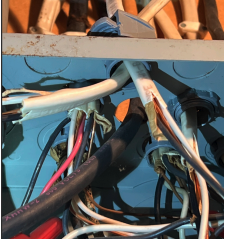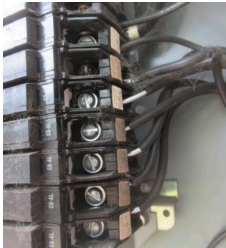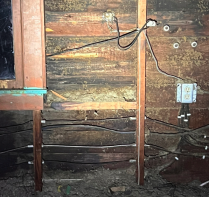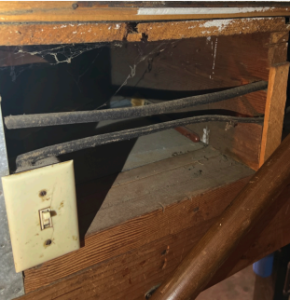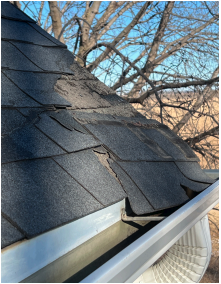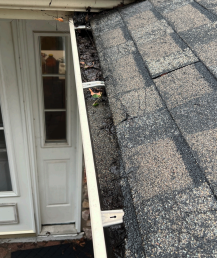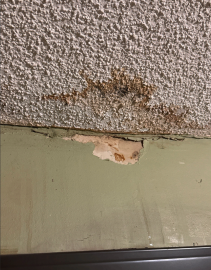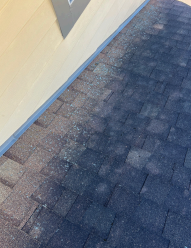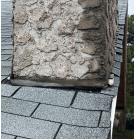A roof is one of the most expensive systems in any home and it’s also one of the most misunderstood when it comes to warranties.
Many homeowners assume that if something goes wrong, the warranty will cover it. Unfortunately, that’s not always the case.
As home inspectors, we often find installation or maintenance issues that can void a roof’s warranty long before a leak appears and spotting those early can save homeowners thousands of dollars.
Why Roof Warranties Can Be Tricky
Most roofing manufacturers (like GAF, CertainTeed, or Owens Corning) offer strong material warranties. But those warranties come with conditions. They require that the roof be:
- Installed according to manufacturer specifications,
- Maintained properly
- Free from conditions that accelerate wear or cause damage.
If a roof doesn’t meet those requirements, the warranty may be denied. Even if the materials themselves are still under coverage.
Common Issues Inspectors Note That Can Affect Warranty Coverage
Here are a few examples of conditions your home inspector may flag that could put your roof warranty at risk:
1. Missing Gutters on Upper Roofs
- Continuous runoff from an upper roof onto a lower one can cause granule loss, erosion, or seam damage over time. This concentrated water flow may void the manufacturer’s warranty for premature wear or material failure.
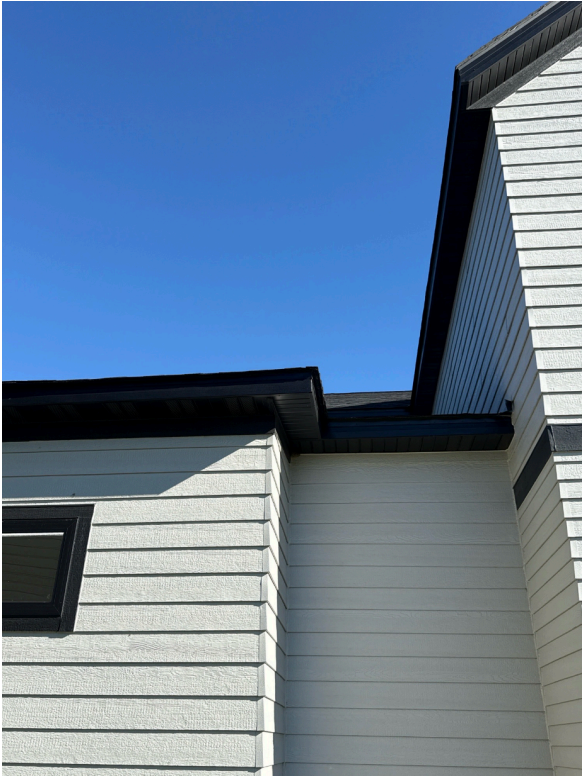
2. Improper Ventilation
- A poorly ventilated attic can lead to heat buildup, shingle blistering, and moisture damage. Manufacturers often state that inadequate ventilation voids coverage, since it shortens shingle lifespan.
3. Missing or Improper Flashing
- Areas around chimneys, skylights, or roof-to-wall transitions are common sources of leaks. If flashing wasn’t installed correctly (or was omitted entirely), manufacturers consider this installation error, not material failure.
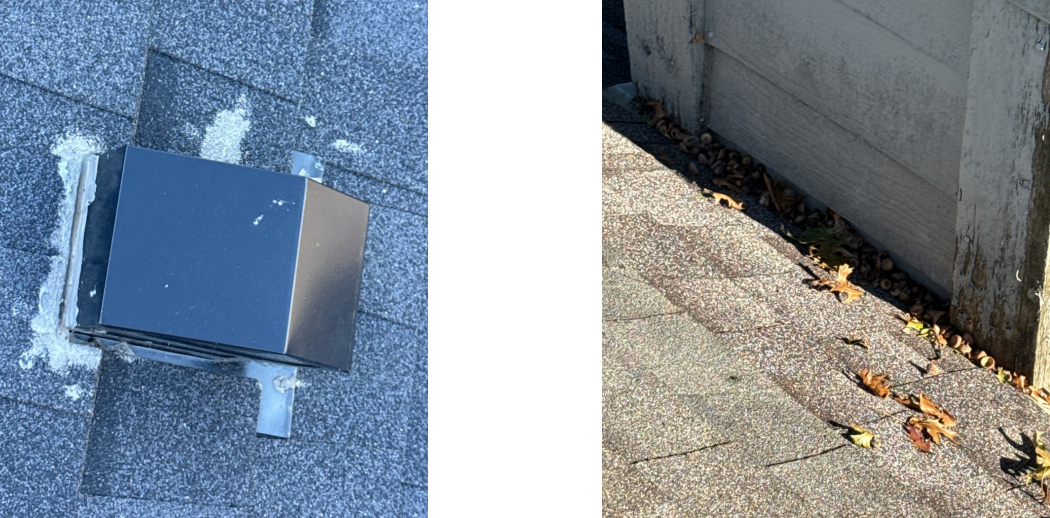
4. Nail Placement and Installation Errors
- Improper nailing such as high nails, under driven nails, or nails through the self-seal strip can cause shingles to lift or blow off. Even small deviations from installation guidelines can void warranty protection.
5. Poor Drainage or Moss Growth
- Standing water, debris buildup, or moss on the roof can trap moisture. Most warranties require that the roof surface remain clean and properly draining to qualify for coverage.
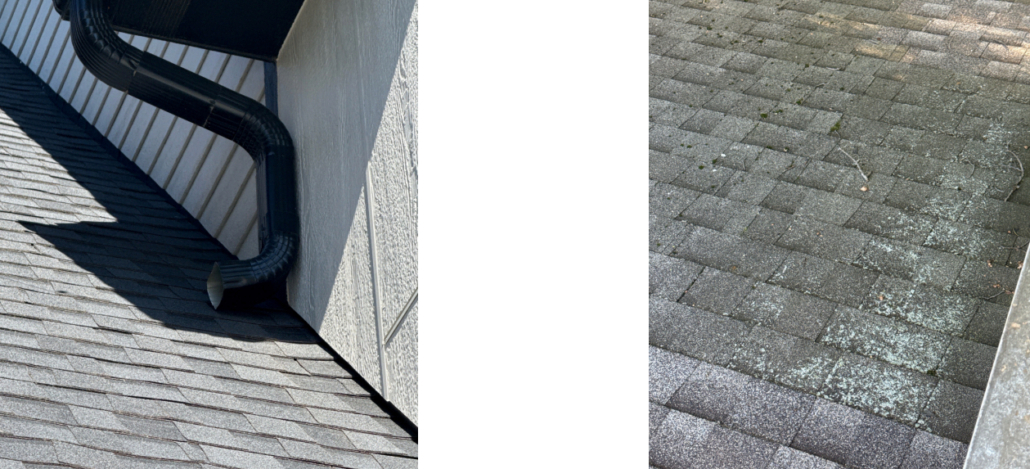
What Homeowners Can Do
The good news? Most of these issues are preventable.
- Have your roof inspected annually or after major storms.
- Keep gutters and downspouts clear.
- Address drainage or ventilation concerns early.
- Keep documentation of maintenance and repairs. It supports your warranty claim if needed.
Inspector’s Tip from Northwoods Home Inspection Group
We don’t just look for damage. We look for conditions that lead to damage. Catching potential warranty issues early can help homeowners take action before repairs come out of pocket.
Regular inspections aren’t just about peace of mind — they’re about protecting your investment and your warranty coverage before a small oversight turns into a big expense.




